Hyundai IONIQ 5 vs SsangYong Korando – Differences & prices compared
Both models have their strengths – but which one suits you more?
Compare performance, efficiency, price and space directly: Hyundai IONIQ 5 or SsangYong Korando?
Here’s where it gets real: The technical differences in detail
Costs and Efficiency: When it comes to price and running costs, the biggest differences usually appear. This is often where you see which car fits your budget better in the long run.
SsangYong Korando has a significantly advantage in terms of price – it starts at 27000 £, while the Hyundai IONIQ 5 costs 38500 £. That’s a price difference of around 11494 £.
In terms of energy consumption, the advantage goes to the Hyundai IONIQ 5: with 15.60 kWh per 100 km, it’s slight more efficient than the SsangYong Korando with 16.80 kWh. That’s a difference of about 1.20 kWh.
As for range, the Hyundai IONIQ 5 performs significantly better – achieving up to 570 km, about 231 km more than the SsangYong Korando.
Engine and Performance: Power, torque and acceleration are the classic benchmarks for car enthusiasts – and here, some clear differences start to show.
When it comes to engine power, the Hyundai IONIQ 5 has a convincingly edge – offering 650 HP compared to 190 HP. That’s roughly 460 HP more horsepower.
In acceleration from 0 to 100 km/h, the Hyundai IONIQ 5 is convincingly quicker – completing the sprint in 3.50 s, while the SsangYong Korando takes 8.40 s. That’s about 4.90 s faster.
In terms of top speed, the Hyundai IONIQ 5 performs distinct better – reaching 260 km/h, while the SsangYong Korando tops out at 191 km/h. The difference is around 69 km/h.
There’s also a difference in torque: the Hyundai IONIQ 5 pulls decisively stronger with 770 Nm compared to 360 Nm. That’s about 410 Nm difference.
Space and Everyday Use: Cabin size, boot volume and payload all play a role in everyday practicality. Here, comfort and flexibility make the difference.
Both vehicles offer seating for 5 people.
In curb weight, the SsangYong Korando is clearly perceptible lighter – 1517 kg compared to 1955 kg. The difference is around 438 kg.
In terms of boot space, the SsangYong Korando offers barely noticeable more room – 551 L compared to 520 L. That’s a difference of about 31 L.
In maximum load capacity, the Hyundai IONIQ 5 performs distinct better – up to 1580 L, which is about 332 L more than the SsangYong Korando.
When it comes to payload, Hyundai IONIQ 5 to a small extent takes the win – 530 kg compared to 463 kg. That’s a difference of about 67 kg.
All in all, the Hyundai IONIQ 5 shows itself to be dominates this comparison and secures the title of DriveDuel Champion.
It impresses with the more balanced overall package and proves to be the more versatile companion for everyday use.
Hyundai IONIQ 5
The Hyundai IONIQ 5 showcases a bold and futuristic design that captures attention with its striking facade and sharp lines. This electric vehicle offers an impressive blend of performance and efficiency, making it a compelling choice for environmentally conscious drivers. Inside, the spacious and tech-forward interior provides a comfortable and engaging driving experience for both driver and passengers.
details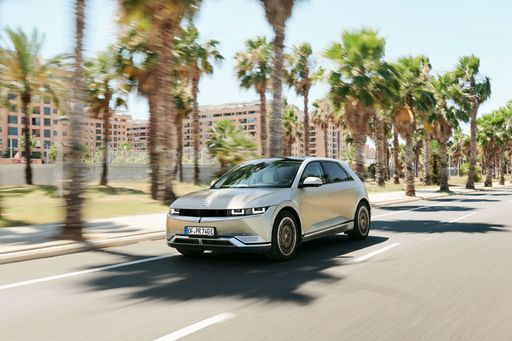 @ hyundai.news
@ hyundai.news
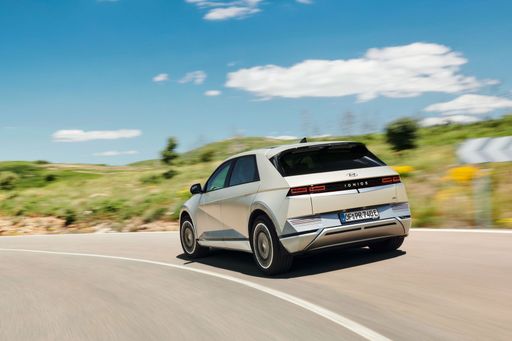 @ hyundai.news
@ hyundai.news
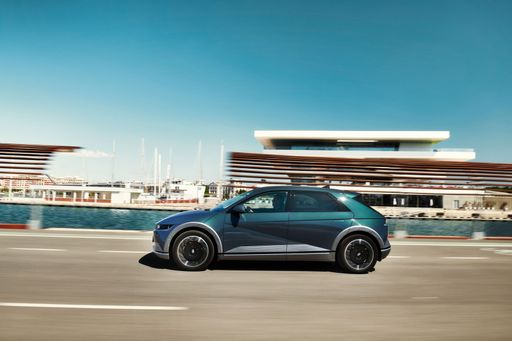 @ hyundai.news
@ hyundai.news
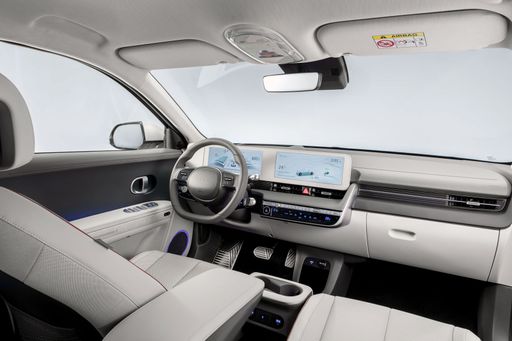 @ hyundai.news
@ hyundai.news
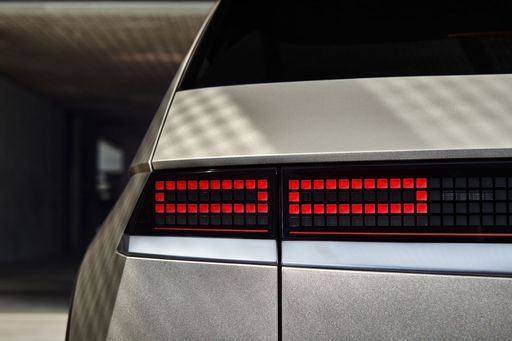 @ hyundai.news
@ hyundai.news
SsangYong Korando
The SsangYong Korando offers a blend of contemporary design and practicality, making it an appealing choice for urban adventurers. Its spacious interior and comfortable seating ensure a pleasant driving experience for both driver and passengers. With its reliable performance and advanced features, the Korando stands out in the competitive SUV market.
details @ Ssangyong
@ Ssangyong
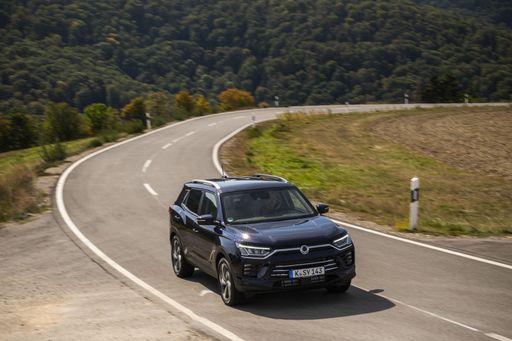 @ Ssangyong
@ Ssangyong
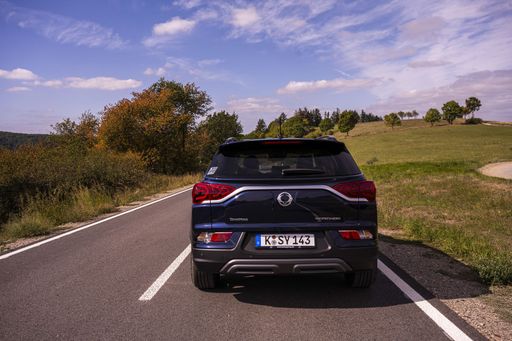 @ Ssangyong
@ Ssangyong
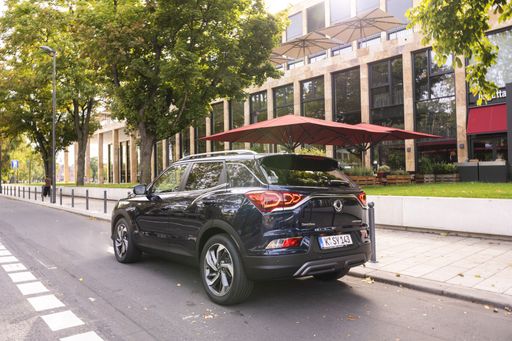 @ Ssangyong
@ Ssangyong
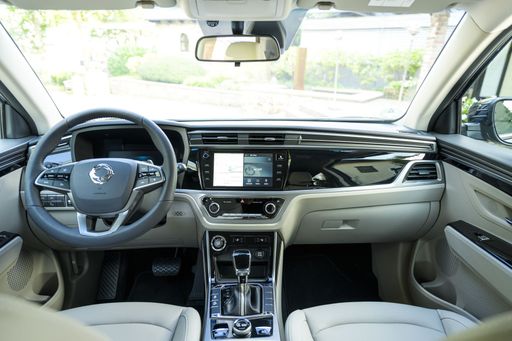 @ Ssangyong
@ Ssangyong

|

|
|
|
|
Costs and Consumption |
|
|---|---|
|
Price
38500 - 64200 £
|
Price
27000 - 42000 £
|
|
Consumption L/100km
-
|
Consumption L/100km
7.5 - 8.6 L
|
|
Consumption kWh/100km
15.6 - 21.2 kWh
|
Consumption kWh/100km
16.80 kWh
|
|
Electric Range
440 - 570 km
|
Electric Range
339 km
|
|
Battery Capacity
63 - 84 kWh
|
Battery Capacity
-
|
|
co2
0 g/km
|
co2
0 - 197 g/km
|
|
Fuel tank capacity
-
|
Fuel tank capacity
50 L
|
Dimensions and Body |
|
|---|---|
|
Body Type
SUV
|
Body Type
SUV
|
|
Seats
5
|
Seats
5
|
|
Doors
5
|
Doors
5
|
|
Curb weight
1955 - 2275 kg
|
Curb weight
1517 - 1840 kg
|
|
Trunk capacity
480 - 520 L
|
Trunk capacity
551 L
|
|
Length
4655 - 4715 mm
|
Length
4450 - 4465 mm
|
|
Width
1890 - 1940 mm
|
Width
1870 mm
|
|
Height
1585 - 1605 mm
|
Height
1620 - 1645 mm
|
|
Max trunk capacity
1540 - 1580 L
|
Max trunk capacity
1248 L
|
|
Payload
385 - 530 kg
|
Payload
410 - 463 kg
|
Engine and Performance |
|
|---|---|
|
Engine Type
Electric
|
Engine Type
Petrol, Electric
|
|
Transmission
Automatic
|
Transmission
Manuel, Automatic
|
|
Transmission Detail
Reduction Gearbox
|
Transmission Detail
Manual Gearbox, Automatic Gearbox, Reduction Gearbox
|
|
Drive Type
Rear-Wheel Drive, All-Wheel Drive
|
Drive Type
Front-Wheel Drive, All-Wheel Drive
|
|
Power HP
170 - 650 HP
|
Power HP
163 - 190 HP
|
|
Acceleration 0-100km/h
3.5 - 8.5 s
|
Acceleration 0-100km/h
8.40 s
|
|
Max Speed
185 - 260 km/h
|
Max Speed
156 - 191 km/h
|
|
Torque
350 - 770 Nm
|
Torque
260 - 360 Nm
|
|
Number of Cylinders
-
|
Number of Cylinders
4
|
|
Power kW
125 - 478 kW
|
Power kW
120 - 140 kW
|
|
Engine capacity
-
|
Engine capacity
1497 cm3
|
General |
|
|---|---|
|
Model Year
2024
|
Model Year
2021 - 2023
|
|
CO2 Efficiency Class
A
|
CO2 Efficiency Class
F, G, A
|
|
Brand
Hyundai
|
Brand
SsangYong
|
What drive types are available for the Hyundai IONIQ 5?
The Hyundai IONIQ 5 is available as Rear-Wheel Drive or All-Wheel Drive.
The prices and data displayed are estimates based on German list prices and may vary by country. This information is not legally binding.
